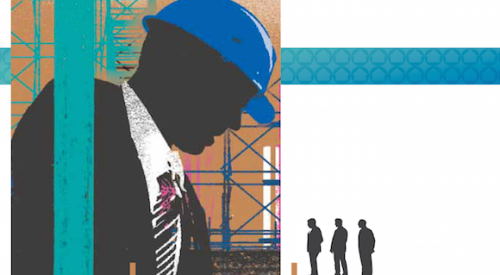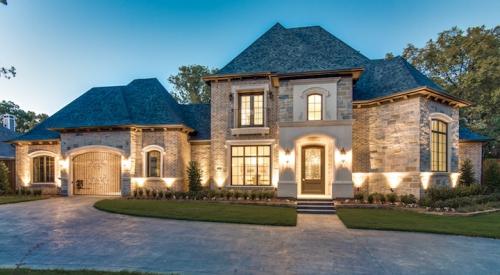Formosan termites, an import from Asia, began gnawing their way east and north from the Texas and Louisiana Gulf coasts some years ago. In Florida, they''ve been moving north from Miami. They hit New Orleans hard, the historic French Quarter providing no more than a between-meals snack. Charleston also developed into a fertile feeding ground.
Unlike native termites, Formosans don't limit themselves to the wood in homes and buildings. They cut through live trees like chain saws. Some 30% of New Orleans'' majestic live oaks are now infested. These insects will even destroy creosote-treated utility poles, under-ground telephone cables, and the seals on high-pressure water lines. Costs of controlling Formosans throughout the U.S. now approach $1 billion a year.
Termi-Mesh is a non-chemical, pro-tective barrier system developed in Australia, where builders face seven species of termite, including one even more aggressive than Formosans. Patent-holder Vic Toutountzis came up with the idea in 1990, even before environmentalists began lobbying against use of potent chemical treatments in the soil, many of which are now banned, both here and in Australia.
"Subterranean termites walk into houses," says U.S. franchise-holder Wayne Parsons, a lawyer from Hawaii who learned about Termi-Mesh while fighting to save his own home in Honolulu. "If there's a hole big enough for them to get through, they're in. But they can't get through this stainless steel mesh. Their secretions, which are acidic, do not corrode stainless steel. And the head of a termite is bone-like. It cannot reduce its head size. This mesh is small enough to keep them out."
The Termi-Mesh system requires careful installation of the mesh, by highly trained crews, blocking every possible entry point through the foundation. That includes all construction and control joints, and service penetrations. The system includes a specialized cement that bonds the mesh to concrete or masonry. "We''ve had sheet metal strip shielding for many years," says Parsons. "But concrete will not grab it. It shrinks away from a piece of solid metal. But it will grab a mesh."
The system has been in use in Australia since 1991, and installed in thousands of homes. Parsons holds the franchise for Hawaii, where Termi-Mesh has been in use since 1994. Last summer, his franchise in Florida opened for business, after lengthy testing by the Standard Building Code Congress, FHA, and the U.S. Depts. Of Agriculture and Housing and Urban Development.
Ryland Homes in Orlando recently became the first production builder to offer the system to buyers. Ryland's division vice president of sales and marketing, Ron Utterback, said he expects Ryland will use the system on as many as 500 homes this year.
Pricing is as complex as the architecture of a home. "On the simplest jobs, we can install for $1200 to $1400," says Parsons. "No chemicals are used, and we warrant the house for life, as long as the home owner pays an annual inspection fee, which right now runs from $100 to $125 in Florida."
If homebuyers are given the option of Termi-Mesh protection, "we hardly ever lose a sale," says Parsons. He plans to roll out service to other Florida markets as quickly as installation crews can be trained.
How soon will it be available outside Florida? "Eventually, we will market throughout the Southeast," says Parsons. "Certainly, those markets with a lot of new home construction will get it first. Wherever the big production builders go, and termites are a problem, we will follow. We''ve already done a demonstration project in North Carolina."









